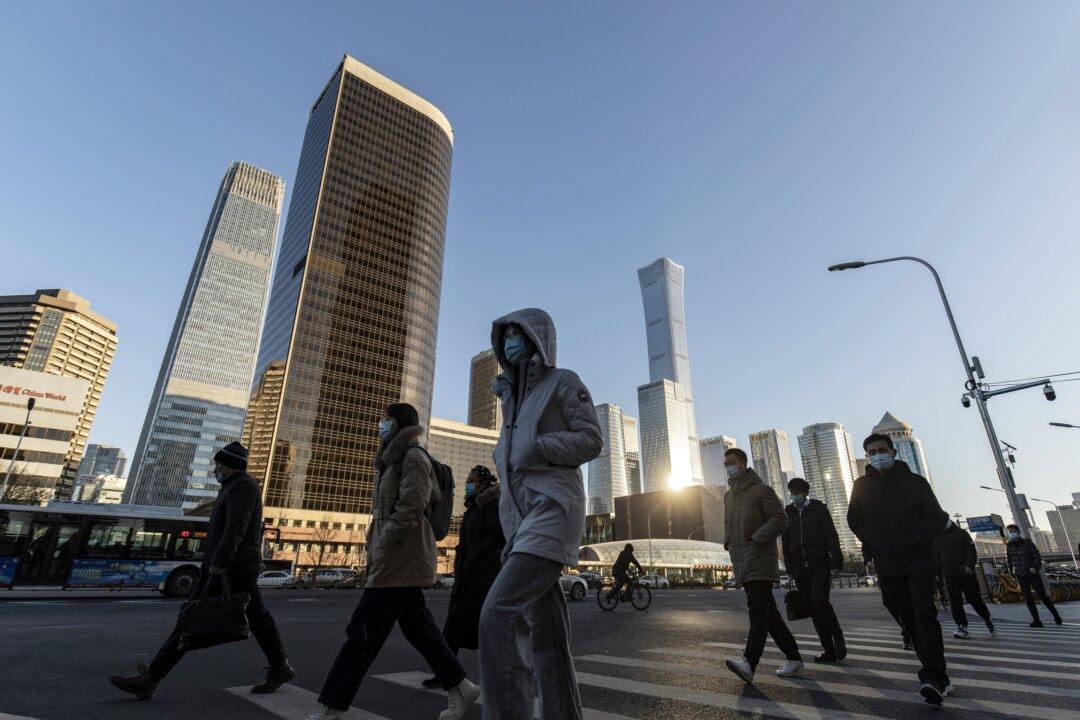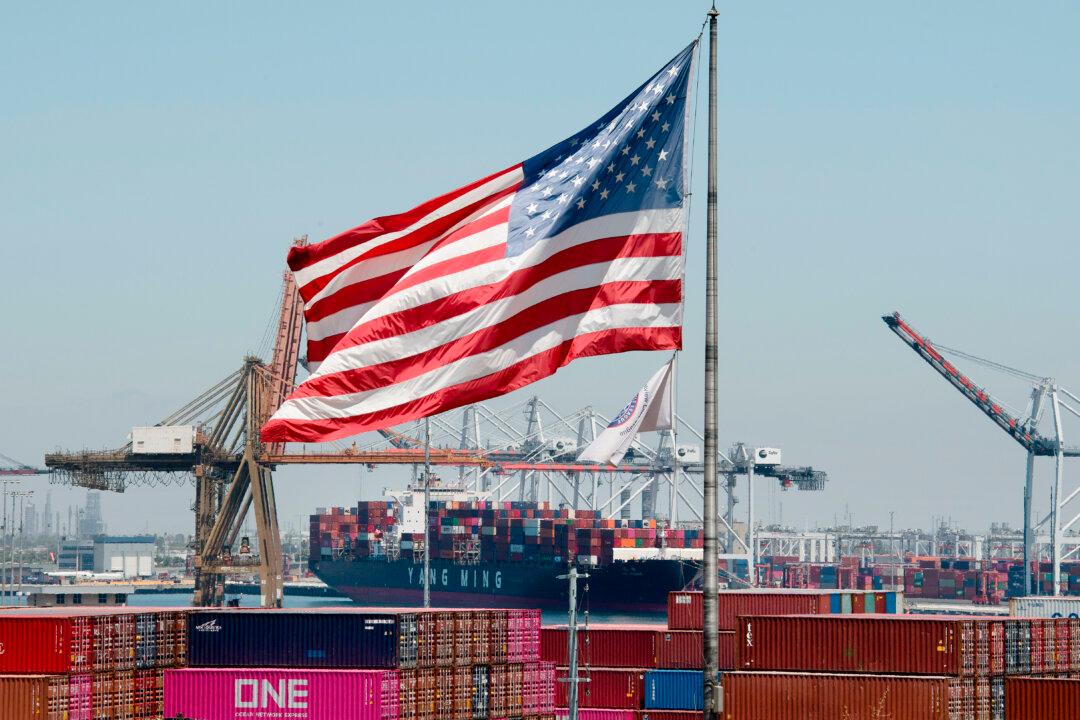Commentary
The Chinese economy is hurting. Officially, the Chinese gross domestic product (GDP) registered a robust 5.5 percent growth in the first half of 2023. Unofficially, the picture appears much bleaker. However, a simple economic slowdown would be manageable for the Chinese Communist Party (CCP)—but it’s the financial risks that worry the regime.





